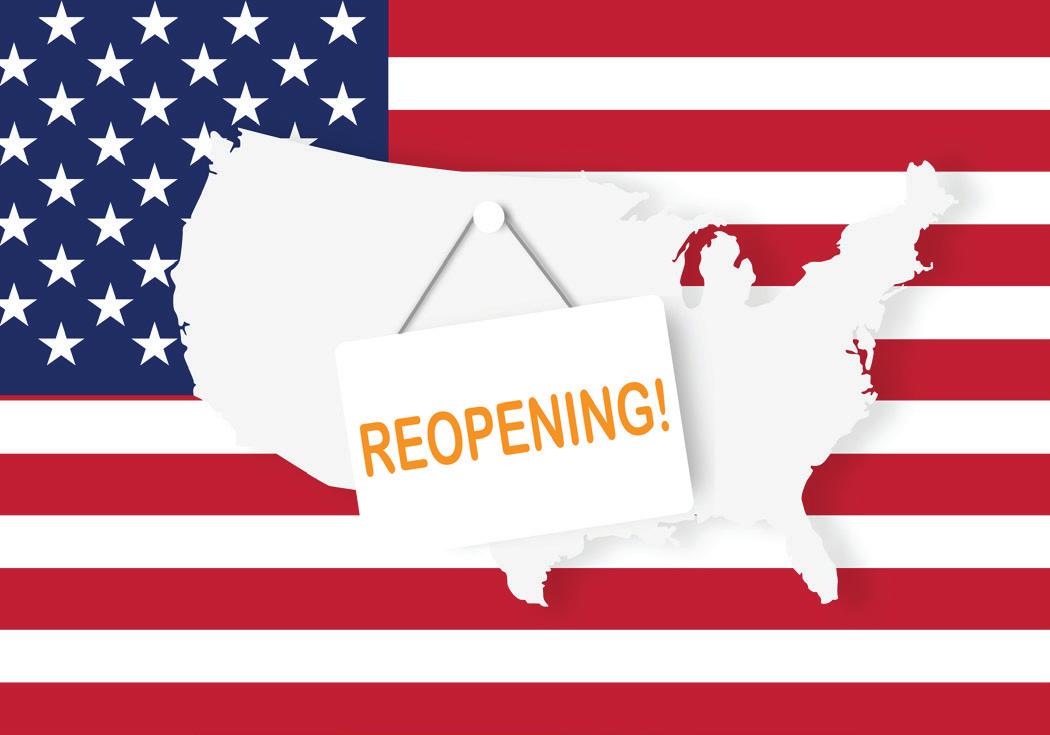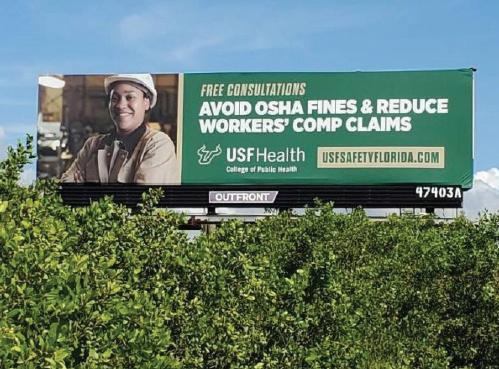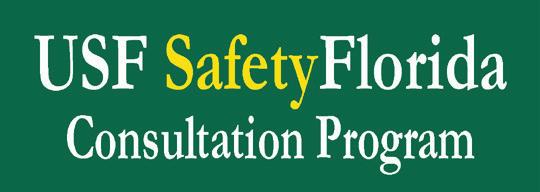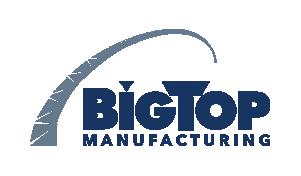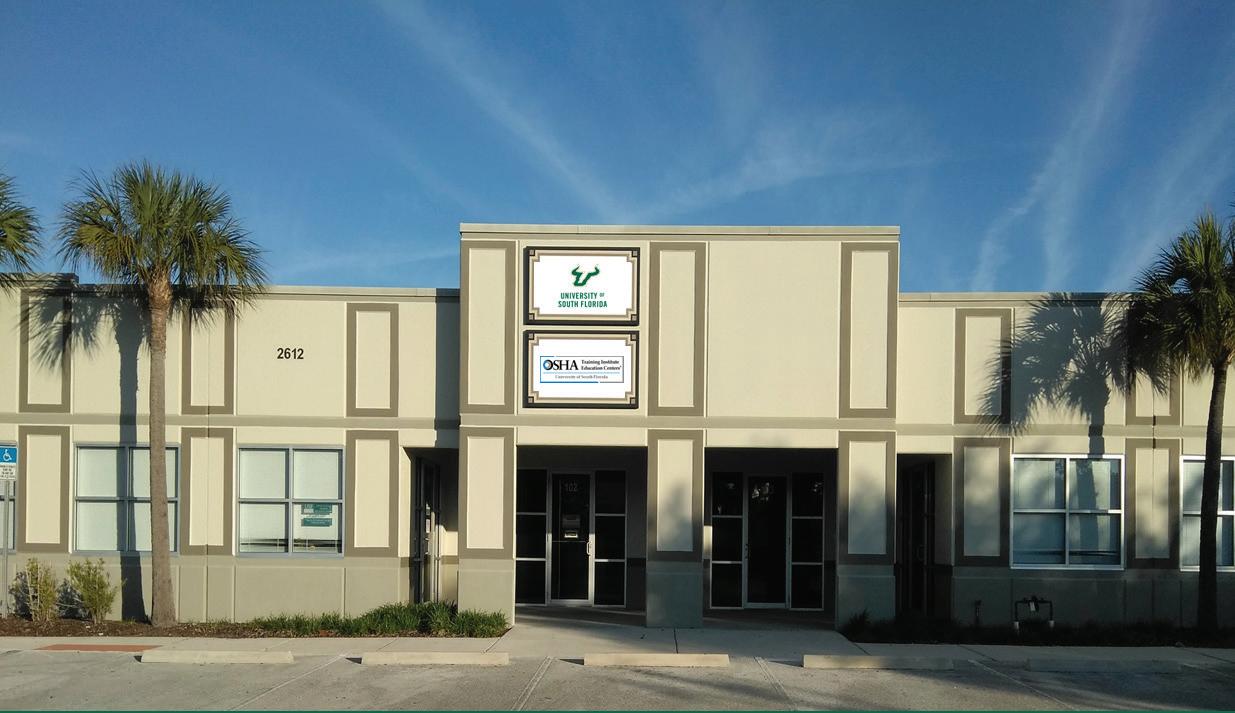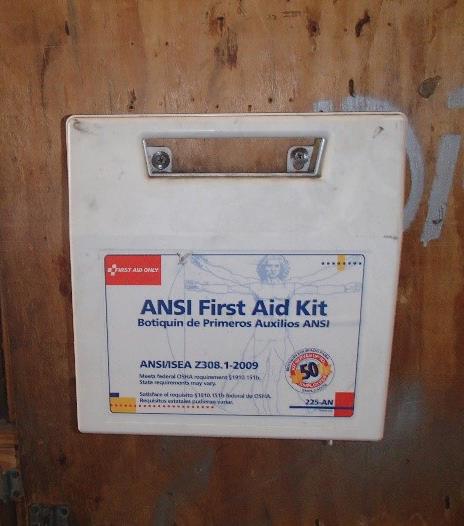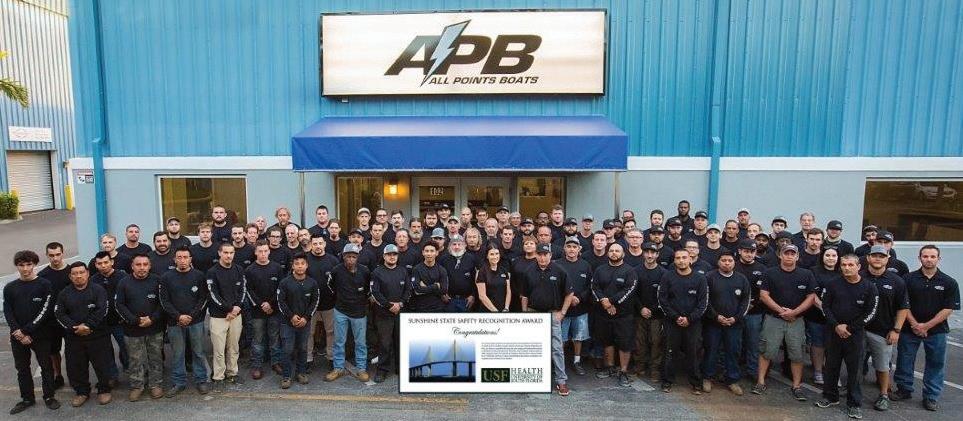
4 minute read
Program Director’s Column
Brian L. Warrick, PhD, CSP, CIH
Program Director, USF SafetyFlorida Consultation Program
My heart goes out to those impacted by the coronavirus (COVID-19). Nine months after COVID, workplaces and employees alike around the nation are anxious to re-open as quickly as possible. So too, are the many individuals who would like to get back to bars and restaurants, concerts, theater, and family gatherings. They miss getting out of the house for social interactions and exchanging ideas with friends and colleagues away from family and kids. However, these desires must be tempered by the risks that this behavior presents. As the coronavirus infections surge, company leadership and risk managers across the U.S. must navigate how to operate safely in the workplace to minimize the impact on businesses, workers, customers, and the public. Opening prematurely can result in significant legal liability, and as such employers should use a risk-based approach to re-opening and consider the following to minimize such liability:
Implement /enforce safety measures to ensure compliance with all current applicable federal COVID-19 safety guidelines. These safety guidelines also include state specific standards and regulations, industryspecific guidance (meat industry, hospital, construction), COVID-19 safety related best practices and where these guidelines are not feasible alternative means for protection that provide equal or greater protection should be explored. These safety measures demonstrate the employers’ due diligence and may provide some protection against the rising trend of whistleblower complaints of inadequate worker protection from COVID-19.
Improve internal safety communications. As COVID-19 is now a recognized hazard, employers have a duty to protect workers from this illness and injury in the workplace. Likewise, employees also have the right to raise a safety or health concern with their employer. As such, employers should encourage this dialogue with employees regarding safety concerns in the workplace. They should consider forming safety teams, composed of managers and employees, tasked with monitoring and ensuring that COVID-19 safety rules are followed in the workplace. Managers also need to proactively seek input from, and address, employee concerns for COVID-19 safety in the workplace and remind them of the appropriate communication method for lodging COVID-19 safety-related complaints to ensure they are handled appropriately. This open communication between employer and employee can be strengthened with verbiage of anti-retaliation written into the company’s Safety Policy and is another vital step in minimizing the potential for whistleblower complaints. Thorough incident investigations should be conducted where there is a claim of possible exposure to COVID-19 in the workplace. Employers should determine the root cause of such exposure, if any, immediately. All lessons learned, efforts made for minimizing the spread of COVID-19 in the workplace and administrative actions taken, including disciplinary actions, safety policies enforcement and training should be properly documented and handled consistent with applicable guidance. Such documents could be critical to the employer’s defense to whistleblower complaints of retaliation related to allegations of inadequate protection against COVID-19 in the workplace.
The USF SafetyFlorida Consultation Program recognizes that employers in many sectors may experience challenges in complying with certain provisions of the OSHA’s standards as a result of the COVID-19 pandemic. There have been several recently issued guidelines regarding the use of certain types of PPE or provision of medical surveillance, and training to workers. We can help employers navigate through these various standards and improve their occupational safety and health management program in an effort to demonstrate their due diligence, reduce the likelihood of whistle blower complaints and legal liability, and OSHA fines/penalties.
I am extremely proud of the results of our efforts. For nearly 30 years, we have served as leaders in the field of occupational health and safety and have seen a significant improvement in workplace safety due to our efforts and the relationships with small employers. This past year we have identified 1,084 hazards, removing 16,794 workers from these hazards, and avoided Florida’s Small Businesses over $13MM in potential OSHA enforcement penalties.
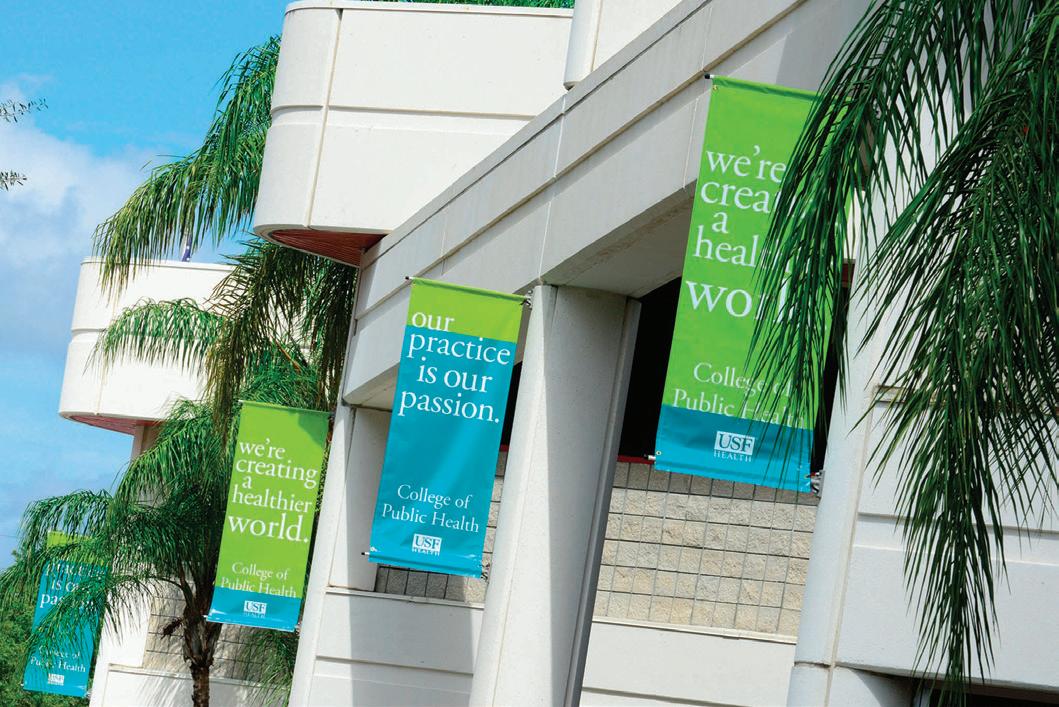
I’d like to personally thank you for taking the time to explore our magazine and discover how together we can make Florida the safest state to work in America. We will be honored to have you as our client. Feel free to contact us any time with your questions +1.866.273.1105 (Toll-Free) or leave us a comment at usfsafetyflorida@usf.edu.
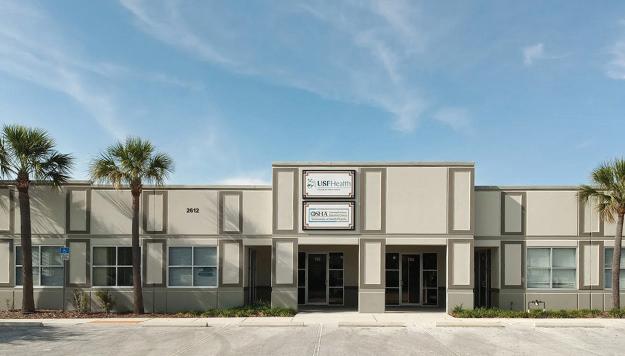
7
10
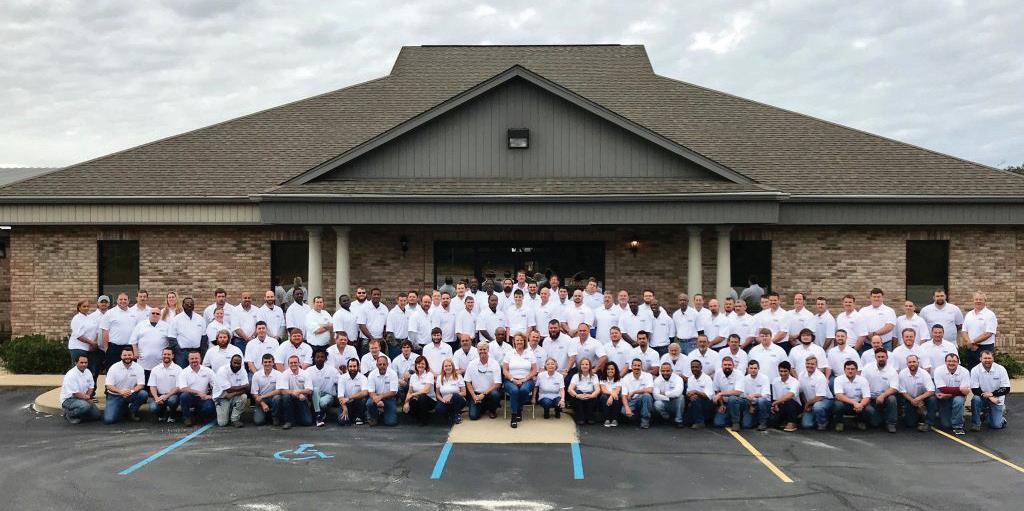
19 12
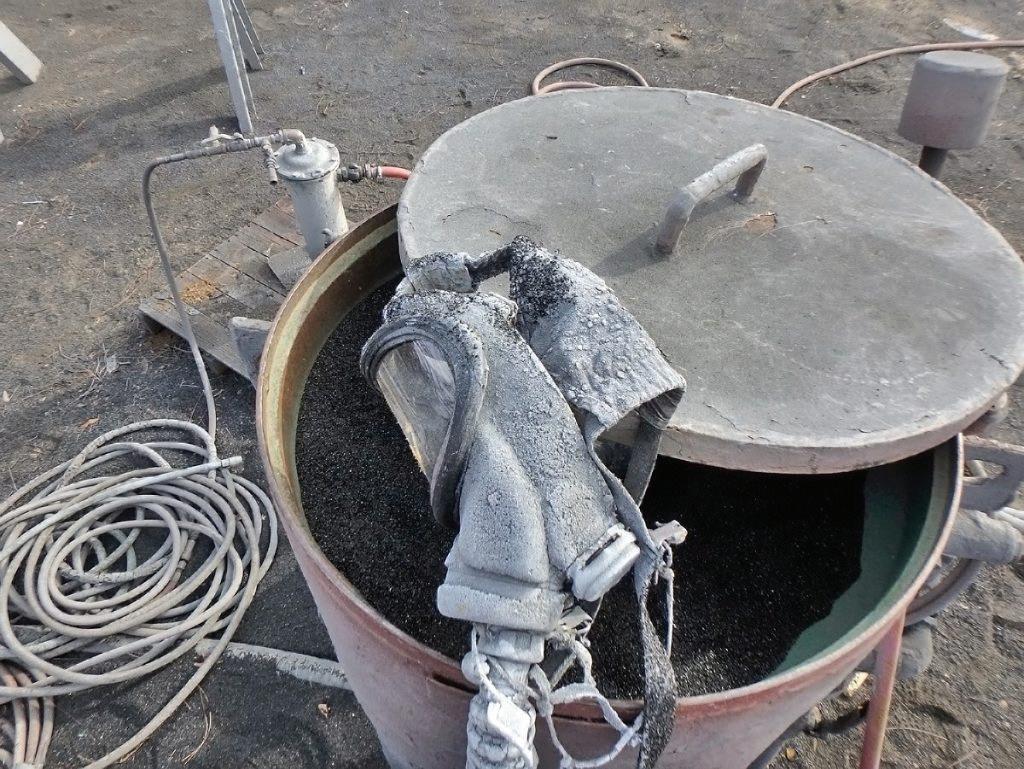
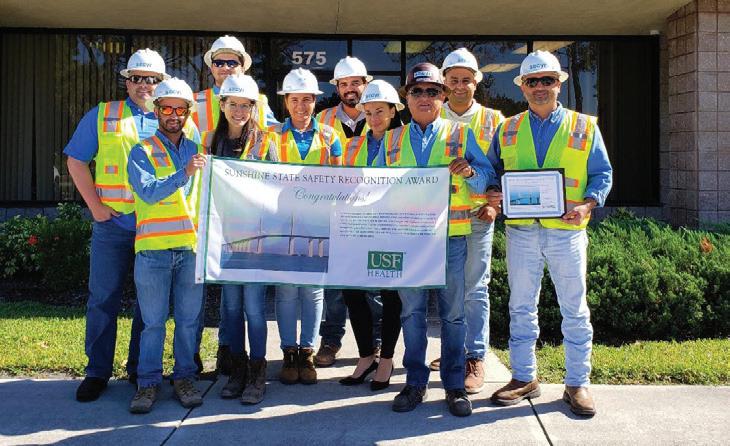
2020 , VOL. 10. ISSUE 1
table of contents
1
Program Director’s Column
3
From The Editor’s Desk
5
USF SafetyFlorida News
7
USF OSHA Training Institute Education Center News
9
Think SHARP
11
Sunshine State Safety Recognition Award
13
Features
19
What We See
21
USF SafetyFlorida Management Resources
22
By the Numbers
23
Marketing Endeavors
24 Who We Are
Reading this code with your smartphone, using QR code scanning software such as http://web.scanlife.com/en/ download-application, will enable you to go directly to the USF SafetyFlorida website.
Program Director:
Brian L. Warrick, PhD, CSP, CIH
USF SafetyFlorida College of Public Health 13201 Bruce B. Downs Boulevard, MDC 56 Tampa, FL 33612-1105 1-866-273-1105 www.usfsafetyflorida.com warrickb@usf.edu
Editor: Thalia Barber, tbarber3@usf.edu
Co-Editor: Nicholas Girod, ngirod@usf.edu
Designer: Martin Young, martin@youngdesign.us
On-Site magazine is published annually by USF SafetyFlorida, a small business safety and health consultation program funded by the Occupational Safety and Health Administration (OSHA) and the Florida Department of Financial Services’ Division of Workers’ Compensation. The University of South Florida College of Public Health is the academic home for USF SafetyFlorida. 2


